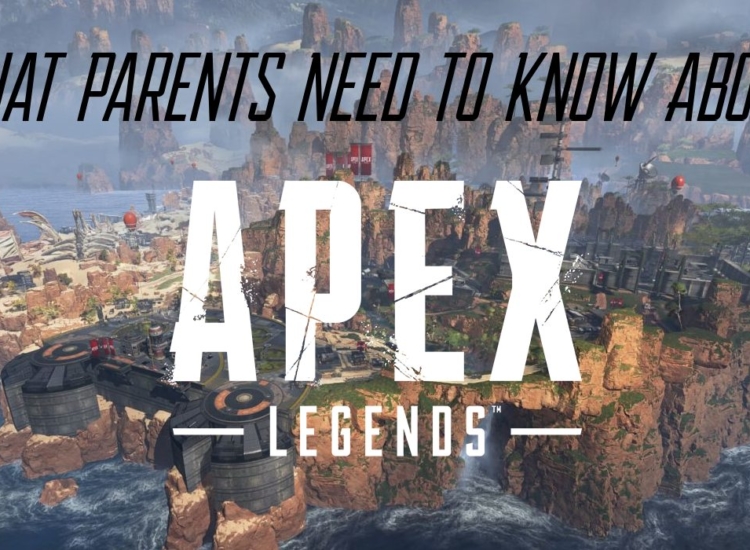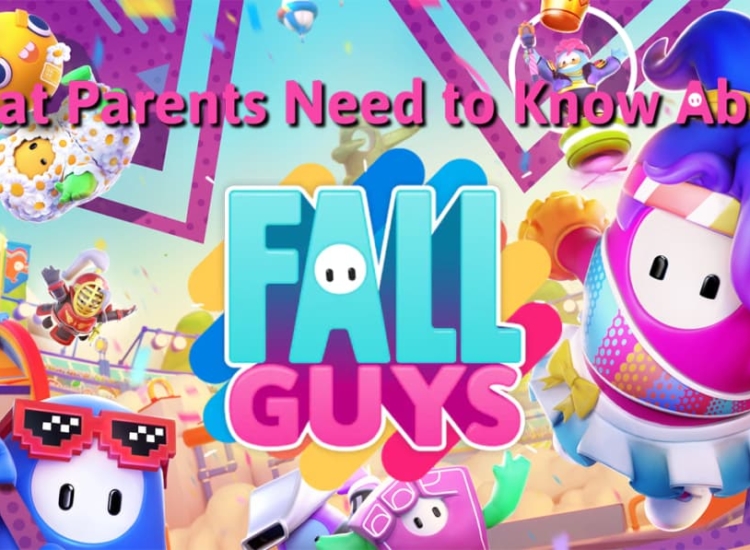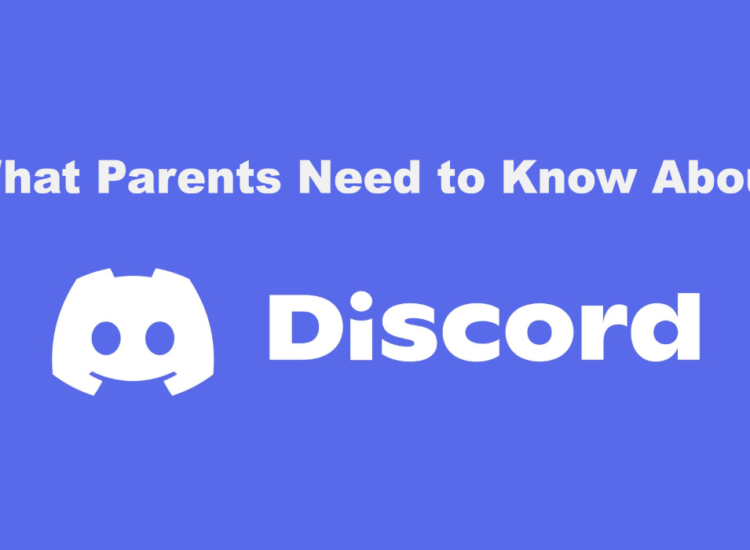What Parents Need To Know About Fortnite Battle Royale
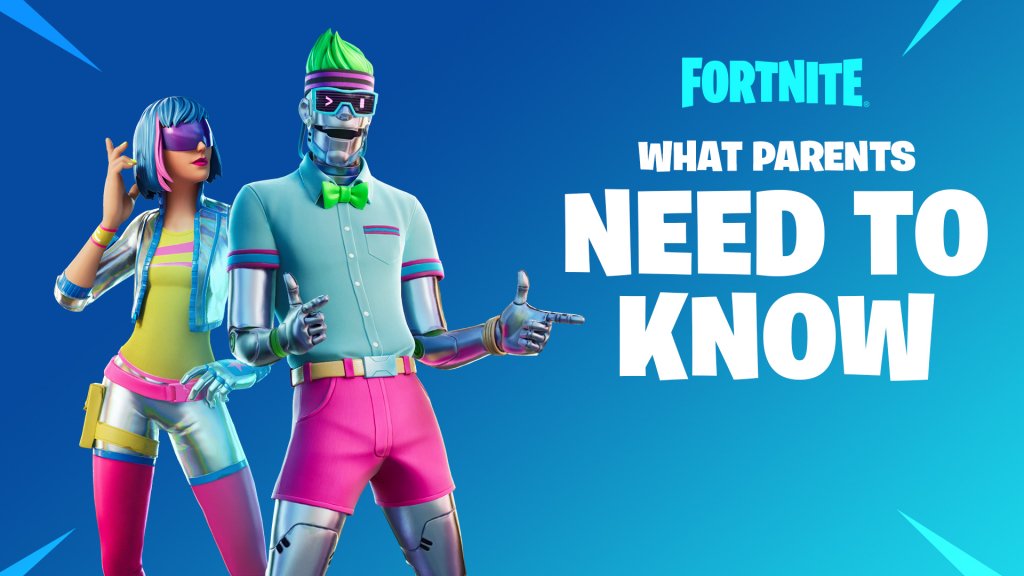
Updated: May 24, 2023
If you’re at all familiar with video games you’ve almost definitely heard about Fortnite, especially if you have kids. From game consoles and computers to smartphones and tablets, Fortnite’s fun gameplay and accessibility quickly cemented its popularity among gamers of all ages. Over the years Fortnite has continued to evolve, becoming a fully cultural phenomenon incorporating popular brands, celebrities, film screenings, concerts, fashion shows and more. As a parent, you may be wondering what you need to know about Fortnite, particularly if it’s suitable for your children. The following should help answer that question.
What is Fortnite?
Fortnite is rated T for Teen with a Content Descriptor for Violence and Interactive Elements including Users Interact and In-Game Purchases. The depictions of guns and violence in Fortnite are cartoon-like and there’s no blood or gore. The game comes across as whimsical and even absurd at times.
Although Fortnite can be enjoyed alone or just with friends in its Save the World mode, the real draw for most Fortnite players is its online multiplayer Battle Royale modes. In each match, 100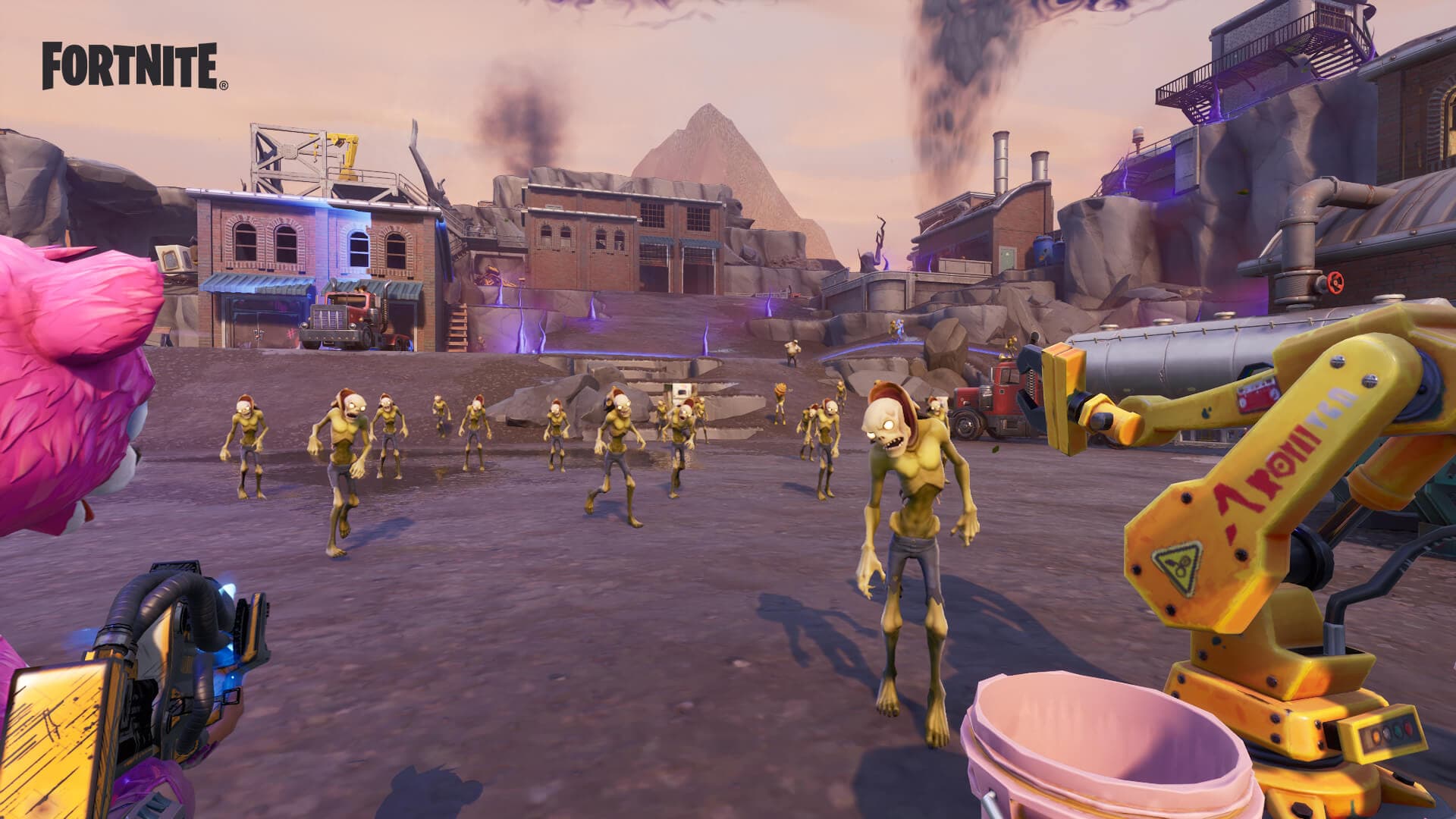
Creative mode lets players design their own Fortnite games and experiences that they can share with friends and others online. Recently, Epic revealed the Unreal Editor for Fortnite (UEFN). These tools allow players to design, develop, and publish more professional looking games and experiences directly into Fortnite. In short, UEFN enables players to use some of the same tools Epic uses to develop Fortnite to create and share their own Islands (empty maps on which players and creators can make their own personalized experiences), stories, and more.
Partnerships and collaborations – like an in-game battle with Marvel villain Galactus – bring in players from different “fandoms,” after which they often stick around to see what the game offers next. Fortnite’s strategy, depth, and story-like flow to each “season” make it compelling. Meanwhile, its exuberant schoolyard simplicity makes it easy for players of all ages to pick up and enjoy, regardless of a player’s skill.
How to Mitigate Risks in Fortnite
It’s important to note that if your kids go to Islands built with Fortnite Creative or UEFN, they will have access to other people’s creations in Fortnite. The good news is, through a combination of automated tools and human review, Epic currently examines all player-created content prior to its release to ensure that it is appropriate for Fortnite’s audience and abides by their content rules.
With so many playing the game, your child could encounter players who may not set the greatest examples in terms of sportsmanship. This presents a good opportunity to talk with your child about online safety, what kind of behavior is appropriate, and what’s over the line. And remember, if another player ever makes your kids feel uncomfortable you can always mute, block, or report the offender. Moreover, Fortnite has its own robust parental controls and even default settings to ensure that your child has a positive experience.
What Are Cabined Accounts?
Epic launched Cabined Accounts in late 2022, a new type of Epic account that provides a tailored experience designed to help ensure that experiences are appropriate for younger players.

When your kids register for Fortnite, they will be asked for a parent’s email address. Epic will then send an email to you letting you know about your child’s Epic account and provide you with the opportunity to provide permission to access certain features and set up parental controls that:
- Manage the games your kids can get in the Epic Games Store based on ESRB ratings;
- Limit online chat (voice and/or text) to Everybody, Friends and Teammates, Friends Only, or Nobody;
- Block or limit spending on in-game purchases using Epic Games payment; and
- Set up parental controls that allow you to manage who your child is able to send or accept Epic friend requests from;
- Track the amount of time your kids spend playing Fortnite every week.
Where Can You Play Fortnite?
The game is available for download on multiple gaming platforms: Windows, PlayStation 4, PlayStation 5, Xbox Series X|S, Xbox One, Nintendo Switch, and the Epic Games Store. For Android users, it’s also available in the Samsung Galaxy Store on Samsung Galaxy devices, or from the Epic Games App on all other Android devices. As of this writing, the mobile version of the game is no longer available for download in either the Apple App Store or Google Play but can be played if the game was previously installed on an iOS or Android device. Fortnite is also playable via cloud streaming on Amazon Luna, GeForce Now, and Xbox Cloud Gaming.
Notably, Fortnite allows players on one device to play with friends and other players using a different one. This is referred to as “cross-platform” playability, a feature that not every game has but greatly expands the pool of online players.
How Much Does Fortnite Cost?
Anyone can access and play Fortnite for free. However, the game offers purchases with its own in-game currency called V-Bucks (1000 V-Bucks costs $7.99). Players can use V-Bucks to buy in-game items like cosmetics to customize their experience. They can also buy a Battle Pass using 950 V-Bucks, adding an extra layer of unlockable gadgets and bonuses for each gameplay “season,” which typically lasts for about 10 weeks. A Fortnite Crew subscription of $11.99 a month will get players a monthly bonus of 1,000 V-Bucks, the most recent Battle Pass and exclusive outfits.
For the record, buying V-Bucks is not required to enjoy Fortnite, as they don’t provide any competitive advantage. Players are not penalized for sticking with the free option. On top of that, players can also earn V-Bucks by completing in-game tasks, making additional purchases entirely optional.
While Battle Royale and Creative modes are free-to-play, Save the World needs to be purchased for access. The price has fluctuated over time between $15.99 and $39.99 depending on the platform.
For the record, buying V-Bucks is not required to enjoy Fortnite.
Keep in mind that some of these costs are subject to change, so it’s helpful to double check before making a purchase.
Additional Tips for Parents
While Cabined Accounts and parental controls offer parents many great choices, there are more steps you can take to ensure that your kids have appropriate video game experiences.
We always say that the best first step is to call a family meeting and establish some household rules around video game play. By first discussing the situation you’re setting a precedent for an open-ended, judgment-free conversation about video games. You’re also letting them know that, while you respect their love of playing games, there are parameters that the whole family (even you!) need to respect.
To back this up, you can also set platform-level parental controls. All video game platforms (including consoles, smartphones, and computers) also include parental controls, which you can activate to manage what games your kids play, with whom, when/for how long, and whether they can spend money on in-game purchases and/or new games. Some devices even let you set spending limits or allot time parameters for every day of the week. Both iOS and Android mobile devices also offer effective tools for parents, like Apple’s Screen Time and Google’s Family Link. ESRB offers step-by-step parental controls guides at ParentalTools.org.
Visit ESRB’s Family Gaming Guide for more information on household rules, parental controls, online safety tips, and more.
 Patricia E. Vance is the president of the Entertainment Software Rating Board (ESRB). In her position, she leads the teams responsible for assigning age and content ratings to video games and apps, enforcing marketing guidelines adopted by the video game industry, and operating ESRB Privacy Certified, an FTC-sanctioned COPPA Safe Harbor Privacy seal certification program.
Patricia E. Vance is the president of the Entertainment Software Rating Board (ESRB). In her position, she leads the teams responsible for assigning age and content ratings to video games and apps, enforcing marketing guidelines adopted by the video game industry, and operating ESRB Privacy Certified, an FTC-sanctioned COPPA Safe Harbor Privacy seal certification program.
